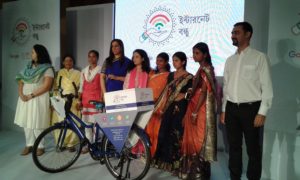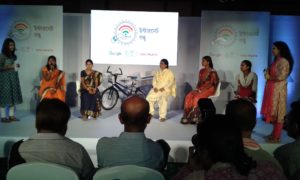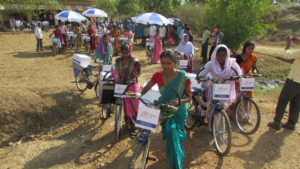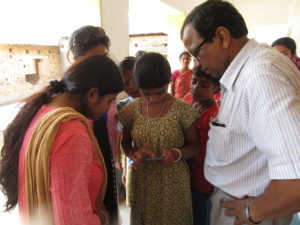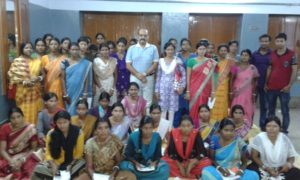With about a billion people in India having no access to the internet, India has the highest number of non-internet users, in absolute terms. The internet penetration in India is about 20 percent (of the population), while the world-wide internet penetration is 40 percent. The corresponding percentage is over 85 percent in most of the developed countries (USA, UK, France, Japan) and 46 percent in China[1]. Within India, the total number of urban users is about 177 million (about 44 percent), of which 152 million are active users (about 38 percent). The corresponding numbers in rural India is about 101 million (about 11 percent) of which 61 million are active users (about 7 percent).[2] The percentage of internet penetration and sustained usage in rural India is as bad as that of the least developed countries of the world.
Internet infrastructure appears to be the biggest impediment, especially in the rural areas. This combined with the challenges of capability and affordability, compounds the problem of internet penetration for the rural areas and makes rural pockets commercially non-viable for private players as well. While the Government has come out with several policies and missions for enabling internet access, the speed of implementation by the Government agencies is quite poor. Also the speed of penetration by market based private players is low, given the per tower revenue requirements. In light of the current circumstances, it would take few more years to provide information and digital services to the rural poor, unless a focused intervention is undertaken by philanthropic organizations to stimulate the market for the digital services.
The intervention of Internet Sathi has been designed to address the issues of infrastructure, capacity, capability, affordability and ensure that people are trained for using the devices and accessing internet, as that in turn, would work as a market building measure and create demand for internet services. The increased demand would also lead to incentives for private players to set up towers for the same.
Ensuring the availability of internet and internet powered devices, backed with training on using the devices is the solution proposed to help rural communities get online. To meet this end, a customised bi-cycle loaded with internet enabled tablets has been created.The trained women internet trainers ride the customised bi-cycles to the remote villages and provide internet training and internet service to the villagers.
Being encouraged by the success of the intervention, Tata Trusts and Google India extended a supporting hand to CESRto run Internet Sathi project. CESR now runs this project in 839 villages in Bagmundi, Bandwan, Barabazar and Purulia-1 of Purulia district.
[1]Source : a) www.trai.gov.in. b) Internet Live Stats (www.InternetLiveStats.com). Elaboration of data by Internet & Mobile Association of India (IAMAI), International Telecommunication Union (ITU), World Bank, and United Nations Population Division.
[2]IAMAI report “Internet in India 2014” published on 1 Nov 2014 and www.censusindia.gov.in

